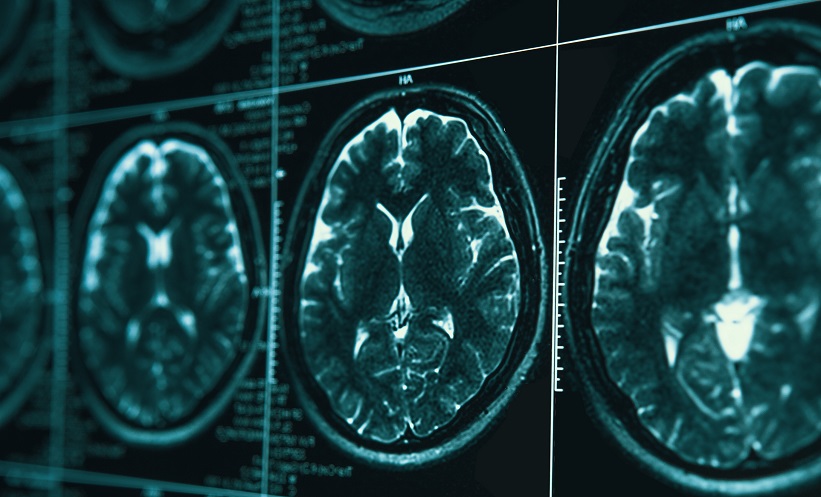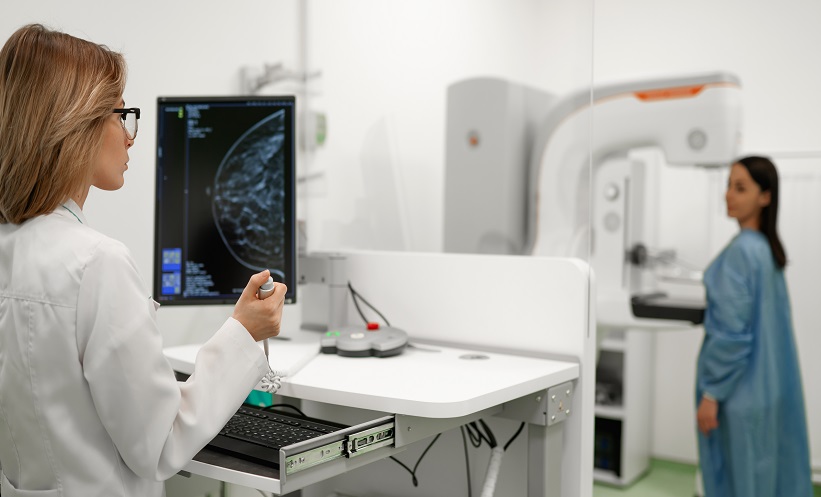THE most advanced robotic humanoid in the world; gravity-defying stunts in bedazzled costumes; mind-bending science fiction stories. These were the themes that kicked off this year’s European Congress of Radiology (ECR) with a bang. Taking place once again in Vienna, Austria, home to great minds such as Mozart and Freud, and even greater foods, such as schnitzel and sachertorte, ECR 2024 welcomed thousands of world-renowned specialists in a wide range of disciplines, from 127 different countries. The congress featured interactive demonstrations, groundbreaking research presentations, and several eye-opening plenary lectures delivered by some of the brightest minds in radiology today.
Wednesday evening saw the marvel that was the opening ceremony, featuring a captivating performance by Austrian dance troop Zurcaroh. This was followed by an unmissable entrance by Ameca, the world’s most advanced humanoid powered by artificial intelligence (AI), who introduced this year’s theme of ‘Next Generation Radiology’. Assisting Ameca in her welcome was ECR President, Carlo Catalano, Sapienza University of Rome, Italy, who reflected on the rapid and immense advancements which have been made in medical imaging throughout history. Looking to the future, Catalano rejected the idea held by so many young professionals entering the field, that AI will one day take over the role of radiologists, and emphasised instead its potential as the perfect companion. The next generation of radiologists will need to adapt to this changing landscape, to revolutionise radiology, and to lead innovation in medicine, all with the help of AI. This is reflected in the new ECR slogan, ‘Advancing radiology, advancing you’.
To illustrate the immense potential of AI, a short film was played throughout the opening ceremony, split into three parts: GENESIS, RAGNAROK, and SYMBIOSIS. Part one portrayed the creation and introduction of AI, its power, and the possibilities which come with it.
Following his introduction, Catalano welcomed Nino Bogveradze, Department of Biomedical Imaging at the Medical University of Vienna, Austria, and the face of the next generation of radiologists. Bogveradze detailed her impressive journey into radiology, and the challenges she faced throughout, such as the difficulties of facing motherhood whilst pursuing an academic career, and the ways in which she had to balance life and work. Bogveradze concluded her speech by encouraging young radiologists to work hard, to persist, and to believe that anything is possible.
Honorary membership to the European Society of Radiology (ESR) was awarded to three of radiology’s most significant contributors: Matthew A. Mauro, University of North Carolina, Chapel Hill, USA; Takamichi Murakami, Kobe University, Japan; and Alair Sarmet Santos, Fluminense Federal University, Rio de Janeiro, Brazil. Each of the new members expressed their gratitude and hopes for the future of radiology.
Part two of the short film, RAGNAROK, followed, demonstrating not only the power of AI, but its ability to progress, to grow, and to perform tasks we have not yet even considered.
More awards followed, with gold medals going to Deniz Akata, Hacettepe University, Ankara, Türkiye; Boris Brkljačić, University Hospital Dubrava, Zagreb, Croatia; and Valérie Vilgrain, University Hospital Beaujon, Clichy, France.
Catalano closed the ceremony by thanking his mentors, looking back on previous congresses, and marvelling at how far ECR has come, with all of the experts now involved in making it the event it is today. He implored everyone to glimpse into, and help to mould, the radiology of the future, to embrace the new developments, and to not fear the future of AI. As Ameca went on to point out, AI cannot currently compete with over 100 years of experience held by radiologists, and nobody knows what the future of radiology and AI will look like. For now, we must continue to innovate, to explore, and to learn.
The final part of the ECR short film, SYMBIOSIS, emphasised the potential held by the future of radiology and AI, and the wonders that may stem from their relationship. The future is uncertain, it points out, but is undoubtedly full of hope, and something to look forward to.
Read on for more key insights into ECR 2024, and make sure to come back next year for updates at ECR 2025, taking place in Vienna, Austria, from 26th February–2nd March 2025.







